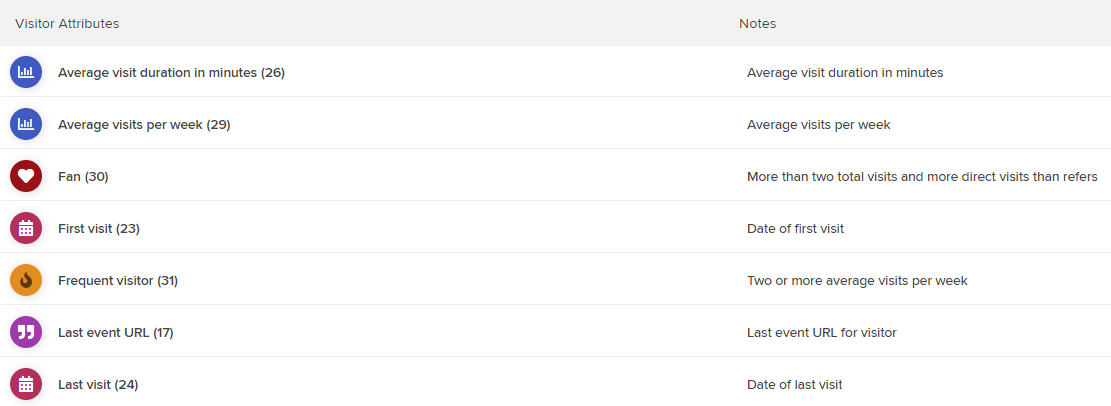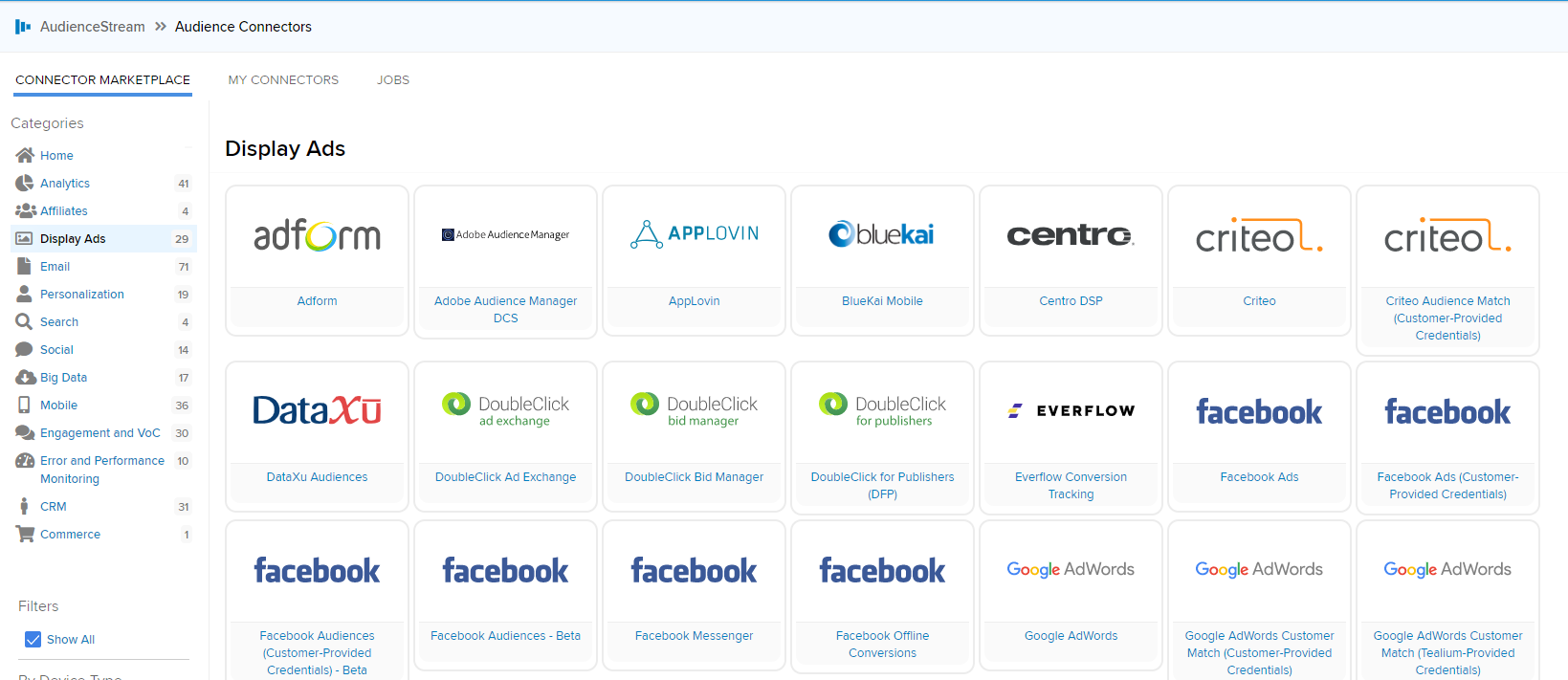Retargeting As We Know It
Retargeting customers has always been an essential piece of almost any paid media strategy. It’s the furthest down the funnel we could possibly get, but what has changed? Keeping our customers satisfied and happy with our brand should be our focus when implementing a retargeting strategy. The biggest mistake you could make is bucketing your customers into generalized segments and inundating them with non-relevant ad content, putting a sour taste in their mouth towards your brand. Luckily, we have options and technology available to avoid this problem.
Using AudienceStream Attributes to create segments of users based on products they are interested in on your site, provides us the tools to not only keep our customers happy, but also increase conversion rates and drive revenue. What are segmented cart abandoner audiences? What possibilities do we have with AudienceStream to maximize relevance and drive revenue for our brand? Why is this so important for us to leverage? The answers to these questions and more are detailed below.
Step 1: Leveraging Our Variables
Let’s say you are an ecommerce site selling men’s apparel. Let’s also assume your “product_category” variable will capture dynamic string values based on what product category your users are browsing in their session. You could set up different Badge Attributes with rules defining the product category type you would like to capture in the Attribute within AudienceStream.
For example, you have product categories on your website broken out by button-ups, tees, denim, shoes, and accessories. When a user visits each one of these pages, your “product_category” variable populates the name of the category the shopper is browsing. The variable is mapped in iQ and set up as an Attribute in AudienceStream to capture users based on shopping categories. Your next step would be to create Badge Attributes with rules set up to capture a defined string. When “String product_category contains (ignore case) Accessories” assign the “Accessory Shopper” Badge. Take this one step further and add an “AND” statement Attribute to your “Accessory Shopper” Badge that defines whether the shopper completed their purchase (“String page_name contains (ignore case) Cart Success”).
There are many ways to set up logic in our Attributes to capture data we are looking to record; this is just one example. Continue setting up Attributes using logic that makes sense to how your website is built, and you’ll be well on your way to leveraging well thought out audience segments in your paid media strategy.

Step 2: Defining Attributes
Before we can begin setting up different audience segments, we need to know what segments we are looking for and what type of behavior our customers are exhibiting on our site. The first step we need to complete is ensuring we have Attributes set up, these are the building blocks of audiences in AudienceStream and must be set up in order to discover groups of users who share common interests (audiences). Your Attributes are used to define data in your data layer which identify the properties of a visitor. Once you have all our Attributes in place, you can begin to explore what types of behavior users are revealing on your site.

Step 3: Segmenting Users Into Audiences
This is where the Audience Discovery tool comes into play. The Discovery tool is a built-in feature within AudienceStream that allows you to discover segments of users who share common attributes. Groups of users segmented by common attributes define what our audiences are. Leveraging this tool will allow you to view a visual representation of the action your users are taking on your site. This tool also offers a turnkey solution to building out your audience segments to retarget on your various paid media platforms.
Your next step will be defining the perspective you are taking when viewing your user’s behavior on your site. So, what do segmented audiences in AudienceStream look like? The answer to this question is dynamic and depends on how your site is structed, as well as what type of product or service you sell. You could use the filter criteria within Audience Discovery to view behavior scoped to specific high value attributes like product ID, product category, date of last visit, Visitor ID, etc. to reveal customer level insight. The insight you are looking to gather changes based on which perspective you are viewing the data through. Setting your scope to visit or visitor will determine the Attribute types you can view user behavior through. When selecting Attribute types that give you key information on customer behavior, Badge Attributes which record specific product page views and checkout page views without completing a purchase, are a great place to start.
Chances are your site has a product category and product subcategory variable set up. This is where you can begin to leverage AudienceStream to target highly relevant ads to our customers searching for specific products on our site who also did not complete their purchase.
Step 4: Taking Realtime Action
Now that you have your segments created, it’s time to put them to work. This step is where you reap the benefits of your work by segmenting out your users into meaningful audiences. Connectors in AudienceStream allow us to move your audience segments to the vendor side platforms you are running paid media on. See our article Leveraging the Facebook Connector In AudienceStream for more information on the Facebook connector and audience connectors in AudienceStream.
Our connectors are what allow us to take real time action on these highly valuable audience segments. As a marketer, you now could custom tailored marketing messaging to each user based on what that user is telling us they are interested in on your site. These different audience segments built off Attributes sourced from our existing website variables are what set these retargeting audiences apart from an all website visitor pixel audience that would be standard on any paid media platform.
The ability to target messaging to a much more granular scaled audience segment presents tremendous value to you as a brand. Not only are you keeping your customers engaged with your brand by serving relevant ad content, you are likely converting users at a much higher rate compared to your general site retargeting pixel and general retargeting messaging. And, you are maximizing efficiency in your media spend by minimizing wasted impressions.

Conclusion
Website variables provide you the needed building blocks to create Attributes in AudienceStream that record key actions and behaviors users are taking on your website every day. You can almost certainly assume your customers expect a personalized and relevant experience from your website, and this is no different when considering the type of advertising messaging we are serving to customers. Tealium’s AudienceStream provides us the tools to maximize ROI, personalize ad content, and garner valuable insight into our customer’s behavior. Leveraging this tool in tandem with your paid media efforts will almost certainly have a positive impact on your ROI and your customer’s perception of your brand.
